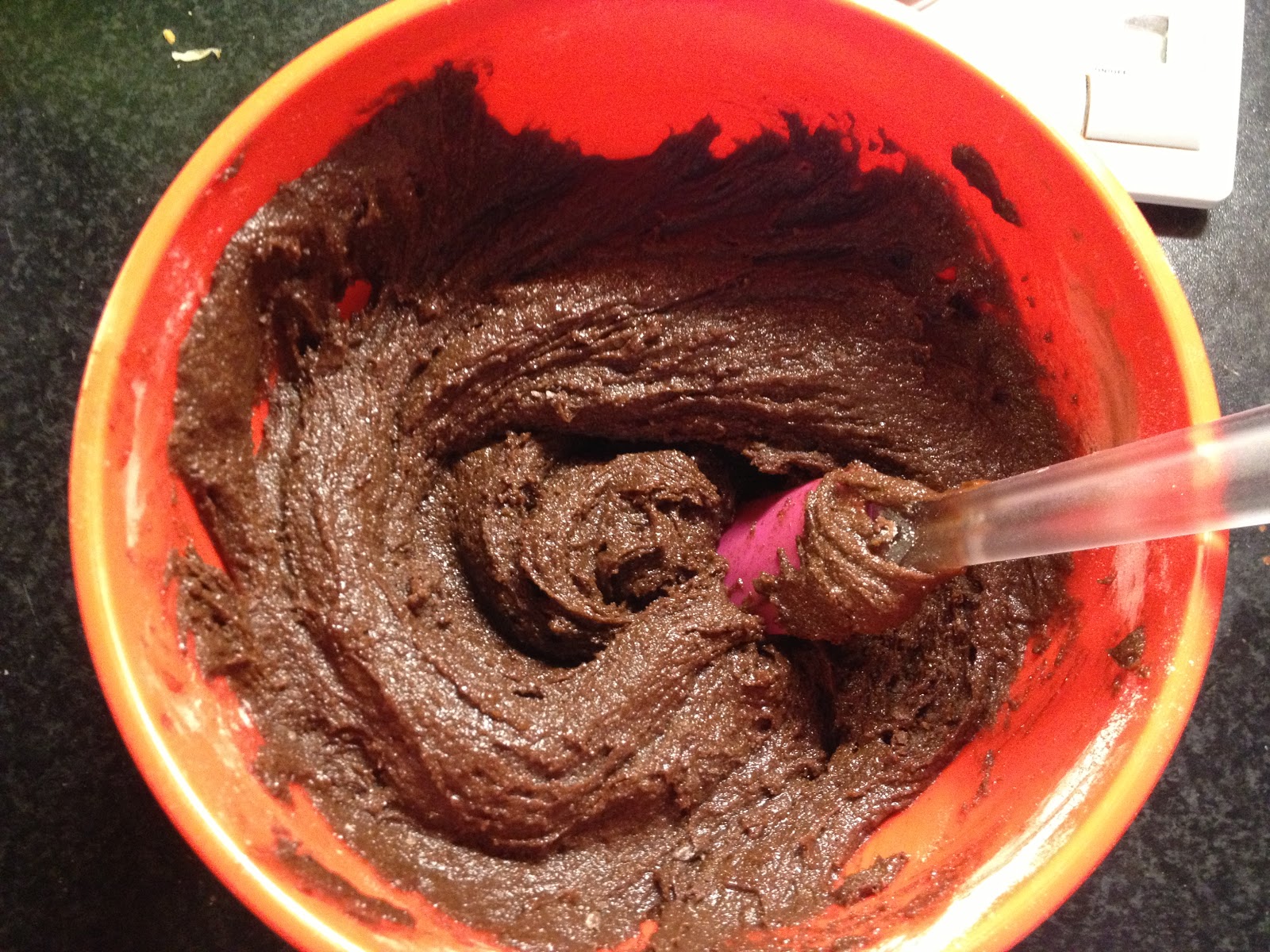It's becoming something of a feature in my life to have a Saturday Experiment each week - something that I have never made before that I have decided to try and master. I bought The Great British Bake Off book today - 'How to Turn Everyday Cakes into Showstoppers'. Having scanned through cover to cover already today, I can assure you that there will be many more Saturday Experiments to come! On a serious aside, I would recommend any aspiring baker to pick up a copy of this tome as soon as possible, as it is packed not only with great bake ideas, but brilliant tips for the basics, from buttercream to making praline, and how to cover and stack cakes. I have added the link to Amazon here, but I bought my copy from the local supermarket.
http://www.amazon.co.uk/The-Great-British-Bake-Off/dp/1849904634/ref=sr_1_1?ie=UTF8&qid=1353175309&sr=8-1
Let's bring us back to today's Saturday Experiment however - today, I decided to try and master fudge. I decided this late last night as I was mentally drawing up a list of possible components for this year's Christmas Hampers, and was trying to focus on homemade/baked items that would be a little longer lasting over the Christmas period.
I should take a moment now to admit that I made batch one last night, using a recipe from a book I had at home. Still now I am unsure as to how and where I went wrong with this batch (the recipe incidentally was for a Black Forest Chocolate variety) however when I woke this morning and raced downstairs to unveil my creation, it had failed to set beyond a sort of gooey, crystallised, chocolatey mess.
I decided to cut back to basics, fudge apparently wasn't quite as easy as I expected, and went back to trusty Google to find a new recipe. The one I settled on in the end was on the Carnation website (as in the evaporated milk people). I note however that there are many many variations of recipes out there just for basic fudge before you even get into different flavours. Some call for milk, some double cream, some evaporated milk. And then again, some caster sugar, some demerara, and some golden. I think that fudge may take a series of experiments to find the best basic recipe, before I start trying to get creative with it.
Anyhow - here is the link to the recipe, and my step by step efforts...
http://www.carnation.co.uk/recipes/67/Ultimate-Fudge
So, the basic instructions are pretty simple, but I wanted to share what I learned in between each step... (the tricky bits they don't tell you!)
Start by weighing all the ingredients and putting them all into a heavy non-stick pan together. I would add, use as large a pan as possible, as the mixture expands quite a lot when on full boil, and cut the butter into small cubes first, rather than putting it in one block, as it will melt and combine with the other ingredients quicker.
 |
| Step One: Put all the ingredients in the pan |
Gently heat the mixture, stirring constantly, until it reaches the consistency below.
 |
| Step Two: Gently heat until the sugar has dissolved |
Now we bring the mixture to the boil. The Carnation recipe gives a method for testing the temperature of the fudge using a glass of cold water, but I would strongly recommend getting hold of a sugar thermometer if you can. Things I learned during this stage... 1) boiling fudge is very hot - whilst you need to stir this constantly, please keep your hands and fingers out of harms way as best as possible. 2) you need to keep stirring, and most importantly, scraping the bottom of the pan. I didn't quite do this enough, and ended up with a few little bits of burnt mixture in my fudge, which you cannot taste, but they do spoil the look. And 3) make sure you get to the 118 degrees specified, any less and you will not get the right consistency at the end.
 |
| Step Three: Boil to 118 degrees Celsius |
Once you have reached the magic number, remove from the heat, and beat the mixture until it thickens. Try and do this away from the stove, and use either a whisk or a spatula. The mixture will start to cool, and thicken - keep scraping it away from the sides of the pan, otherwise you will loose half of your fudge as it sets to the pan (plus it will be a nightmare to clean later). You want the mixture to be just a touch thicker than the picture below, before transferring to a lined tin, and spreading evenly.
The beauty I found with this particular recipe, is that it does not require cooling overnight, and after a couple of hours it was firm enough to slice and enjoy with our afternoon cup of tea (whilst also enjoying Arsenal run rings around Tottenham!). It is quite a crumbly fudge, and whilst delicious, I think I will still try a couple more variations until I find my favourite.
 |
| The End Result: Creamy, Crumbly, Buttery Fudge |
Now I have started this mission to master Fudge, I am reminded of a favourite little shop I used to frequently visit in Bath when I was at university, located just off the Abbey Square. The shop does nothing but fudge, in all the flavours you could ever want or imagine, and makes them right there in the shop front in full view of salivating tourists and onlookers. I looked them up online when I logged on tonight to remind myself of their glorious creations, and noticed they have an online shop now, and also sell a Make Fudge At Home Kit... Santa, if you're reading, I have been a very good girl this year... Check them out of you love fudge -
http://www.fudgekitchen.co.uk
















































